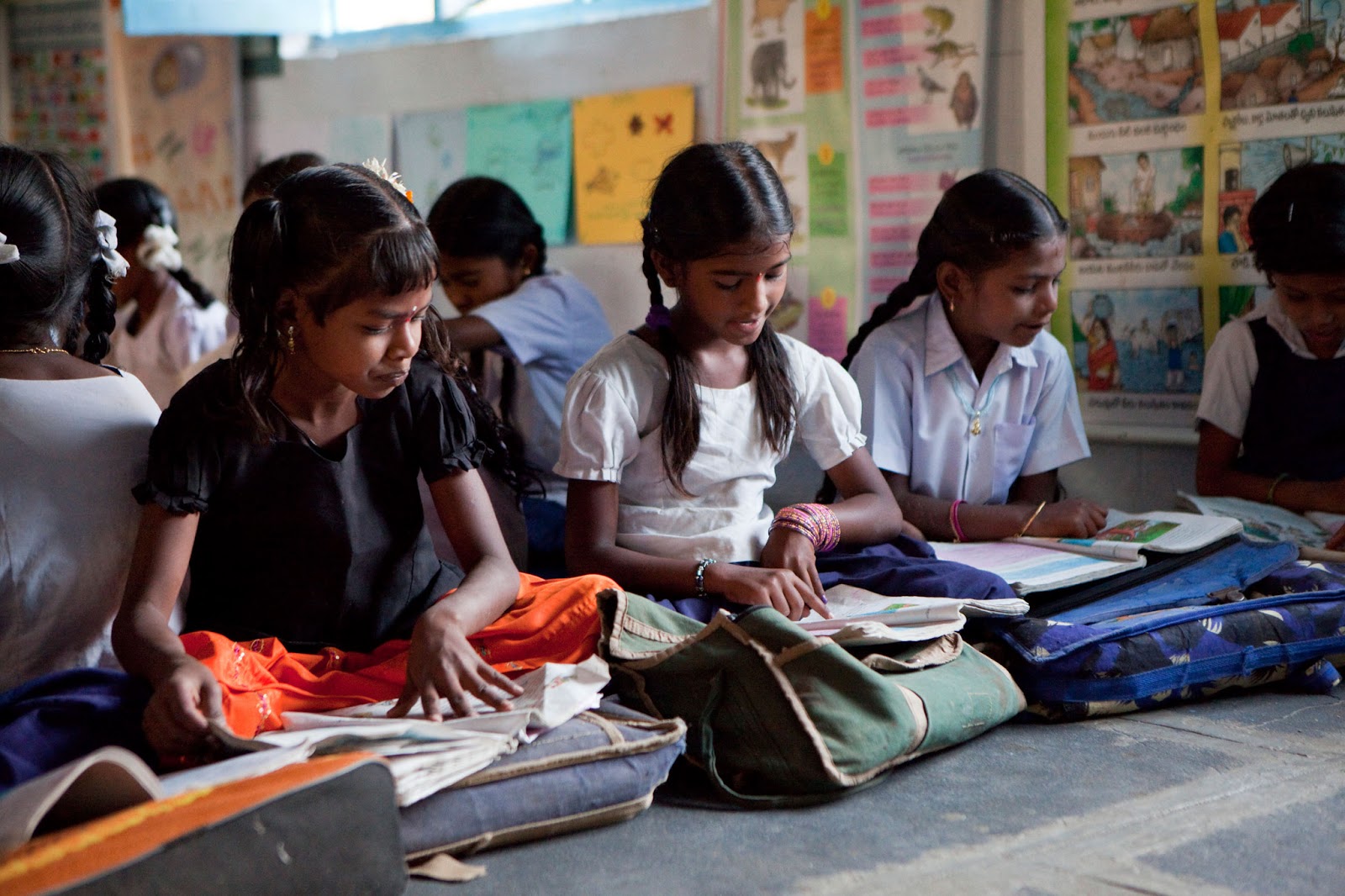The complexities permeating modern day definitions of sex and gender make the subject of gender and development rather difficult to study. For starters, gender can be as much of a social construct as it can be a biological one. Mechanisms such as gender gap, and gender equity should be taken with a grain of salt as they provide only part of a narrative that is inhibited by such factors as the economy, society, politics, and education.
By using education as a lens, we can better understand the gender inequality issues apparent within the gender and development subject area, and understand how and why these inequalities exist. This article will investigate how community-based collaboration can provide an effective solution in creating educational equality between genders.
One needs to appreciate the dynamics at play when explaining why inequality exists in the first place. More specifically, we have to pay particular attention to the inequality themes that exist within the female narrative. Statistics from 2004 show, in almost half of the countries of the world, a continued trend of girls outnumbering boys at both secondary and post-secondary levels of education. The female to male ratio sits at 84 out of 171 for secondary education and 83 out of 141 after high school. Literacy rates for women aged 15-25 are higher than those for men in 54 out of 123 countries. How can one therefore explain that women remain a disadvantaged gender group?
One could first point out that girls are outnumbering boys only in those regions of the world where human capital accumulation is available. Where the latter is non-existent or extremely low, literacy rates seem to fall behind. Overall, even though men may be falling behind in terms of educational enrolment, women as a collective group world-wide are still disadvantaged in terms of access to employment.
It is also important to realise how underachievement contributes to inequality. Standardised testing has been the benchmark in terms of measuring achievement in school – a phenomenon no more evident than within the Westernised schooling system itself. Inequality also exists in terms of earning power. Men earn more than women at every single level of employment. This shows how even if women are able to go to school, their economic returns often do not provide a great enough incentive for continued education. To combat this trend, we need policies promoting greater access to both educational institutions and subsequent employment opportunities for women.
Approaches to empowerment should shift from “power over” rhetorics whereby women gain power at the expense of men, and move towards “power to” paradigms, whereby the “increased empowerment of women improve the community as a whole”.
How we view gender empowerment also determines the extent to which we are able to narrow the gender gap in education. Empowerment and collaborative learning, when used properly, unite the fight for education under a single, gender-neutral banner. Approaches to empowerment should shift from “power over” rhetorics whereby women gain power at the expense of men, and move towards “power to” paradigms, whereby the “increased empowerment of women improve the community as a whole”.
Education aimed at reducing gender inequality should also keep in mind the role of culture and ethnicity in one’s comprehension of gender identity. School curricula should, to a certain extent, be capable of encompassing cultural understandings of gender within a specific locality or region. Working within societal notions of gender, as opposed to imposing foreign concepts in weak attempts to alleviate gender bias, is more likely to be successful in any challenging country.
Stereotypes, discrimination, and prejudices are all forms of oppression that women face in the realms of education and development. In many cultures, parents do not want their daughters educated with boys. They are instead to be taught separately and given more nurturing tasks. Teaching methods used in all-girls classrooms usually ask that students merely watch, memorise and imitate, as opposed to create, lead and act. It is through the use of such structures that religious and social expectations determine the criteria by which gender inequalities are set.
We should focus our efforts in using the Millennium Development Goals as a guideline in which we can frame further research within the topic of education. Education does not automatically lead to empowerment — on the contrary, empowerment is something that must come from within as one seeks to better both the individual and society. A particular emphasis should be placed on the barriers that exist for women in education, as modern day unveils them to be disadvantaged socially, culturally, politically, and economically. However, our efforts should not focus on female education exclusively. Men can also be at a disadvantaged, as recent trends have shown, especially in higher levels of education.
The importance of education access lies in its ability to foster a greater awareness of the gender binaries existing within the study of educational development. To study access to education is to find answers as to why inequality exists between genders. Furthermore, the latter field leads to greater questions regarding the role of empowerment in development both at home and abroad.





